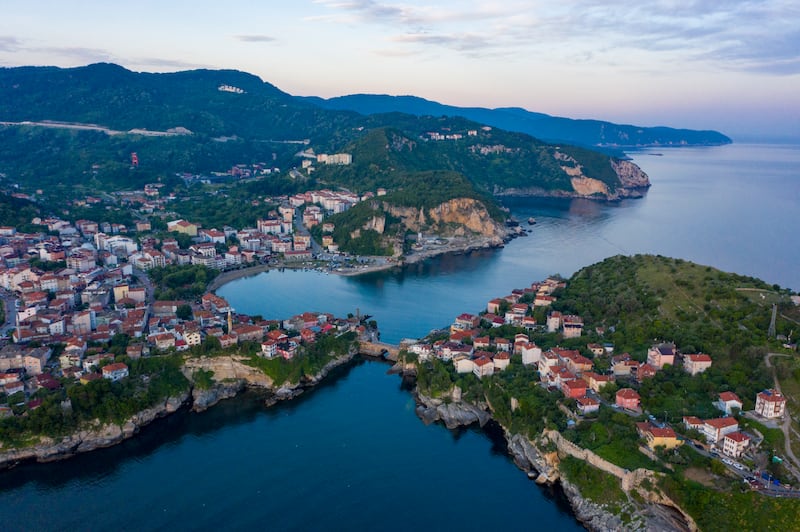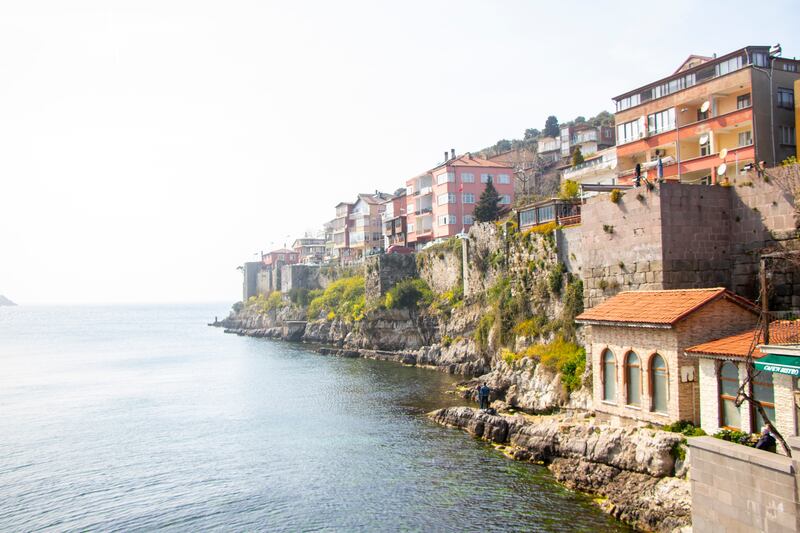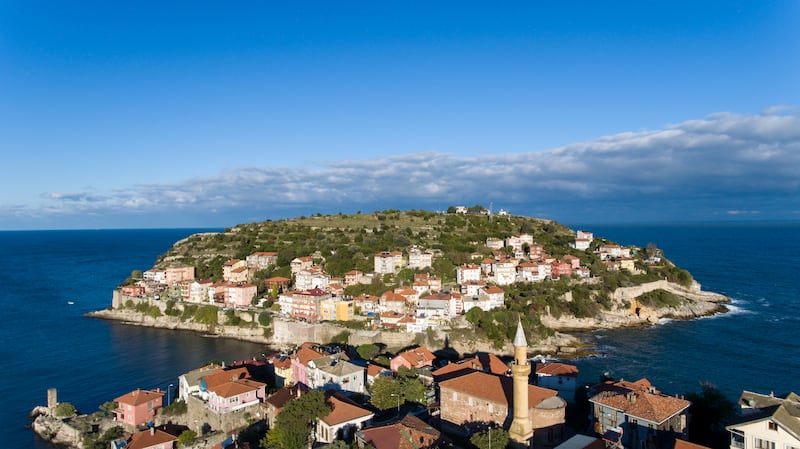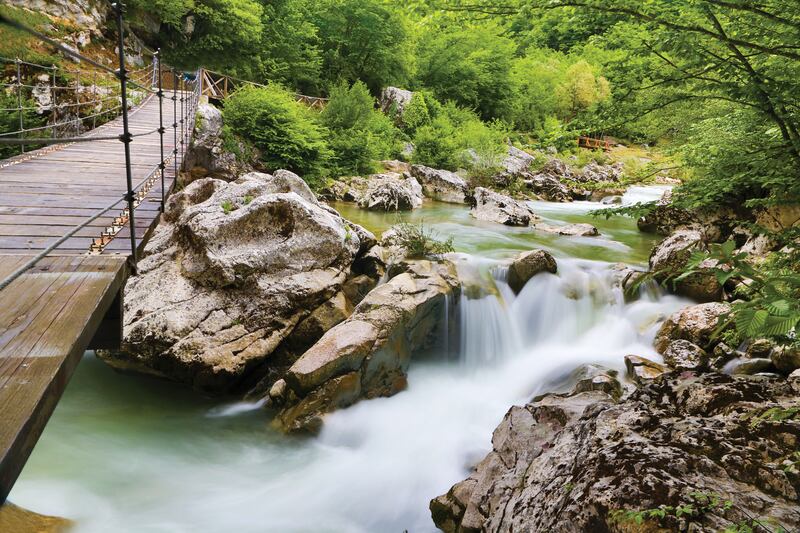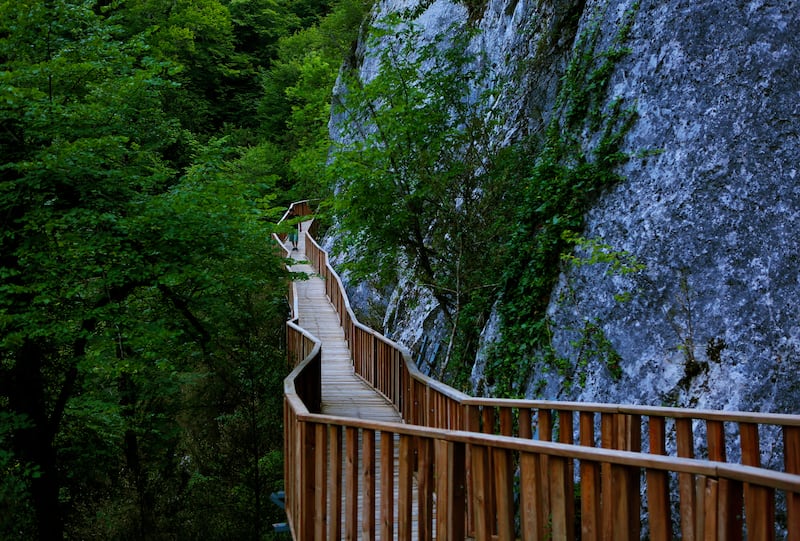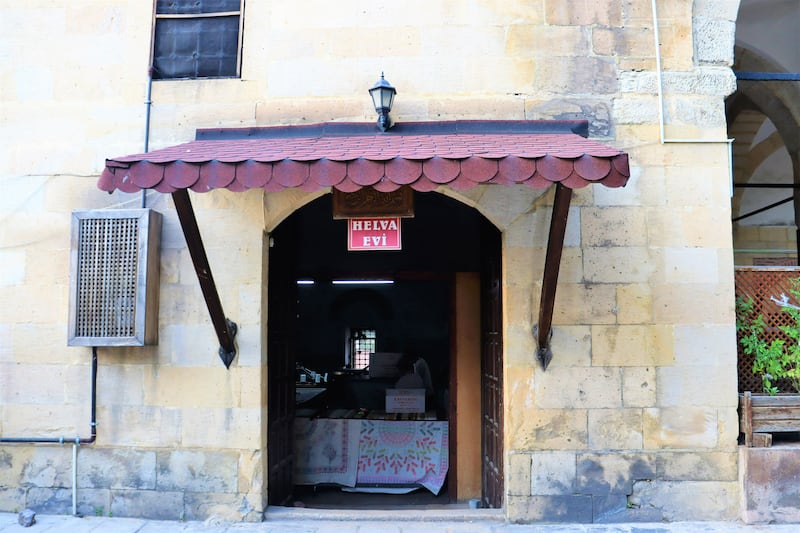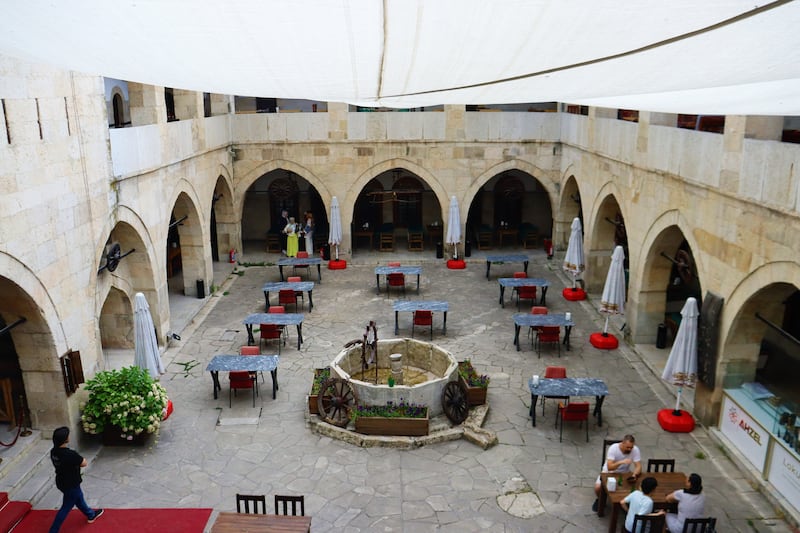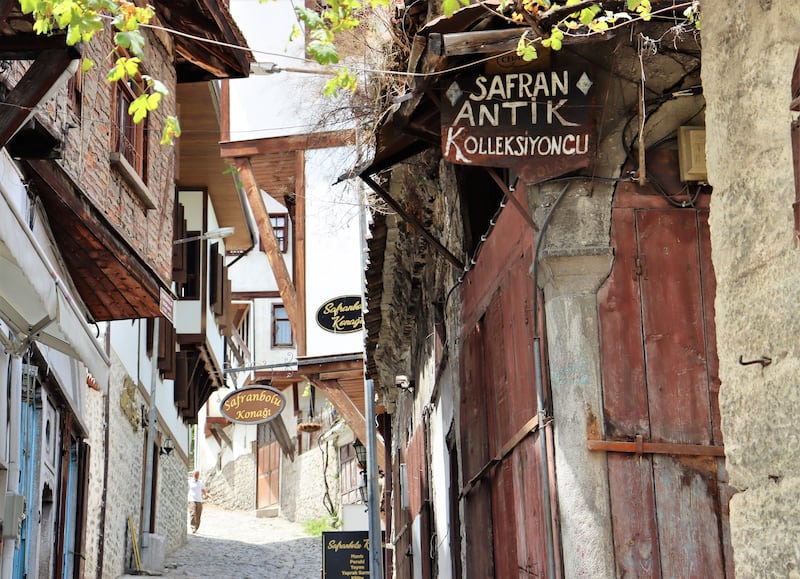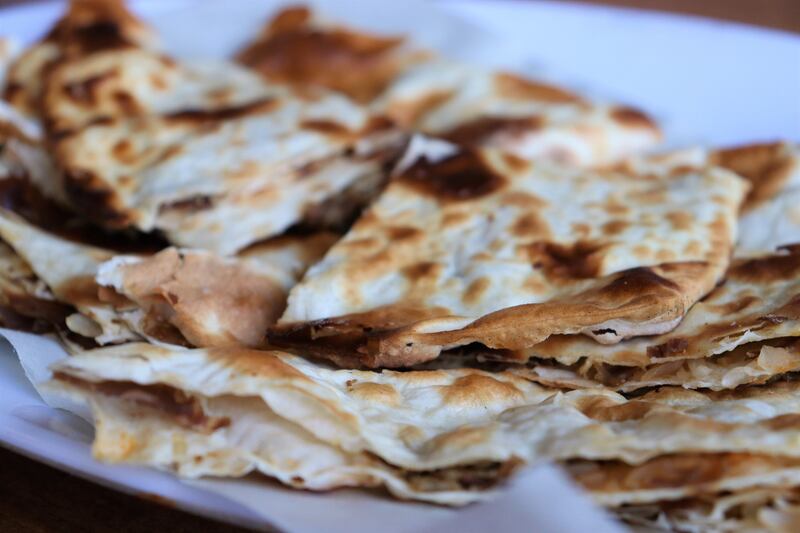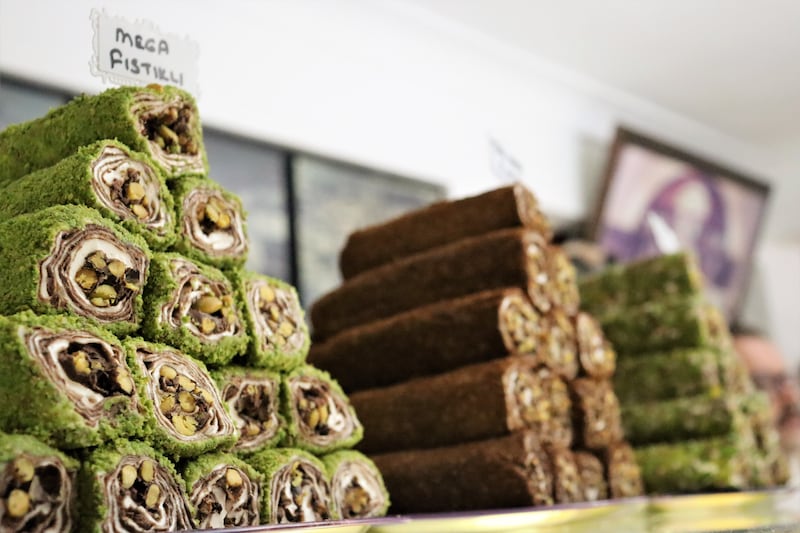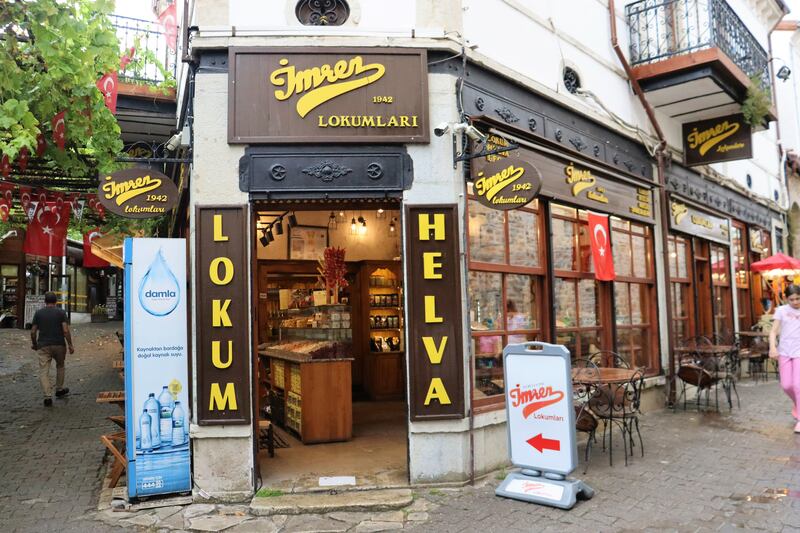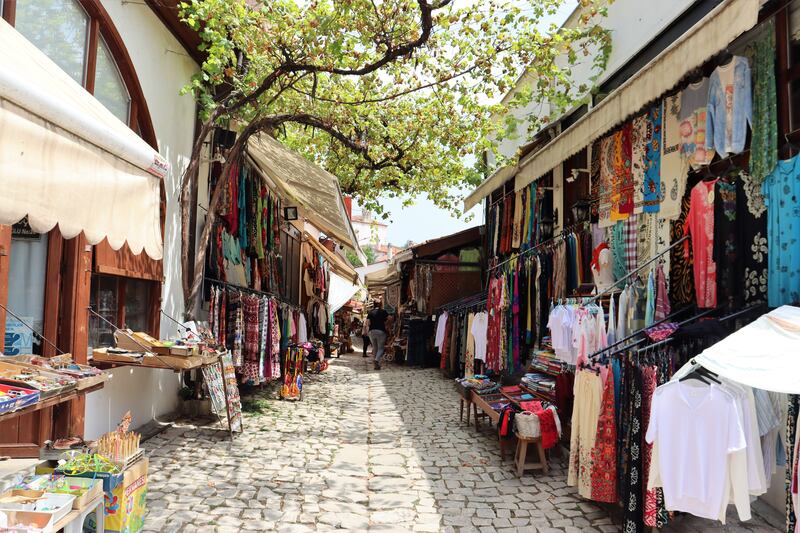While Turkey has become a go-to holiday destination for the hubbub of Istanbul, the sandy beaches of Bodrum and the magical views in Cappadocia, the country remains a trove of lesser-known spots for travellers eager to discover something new.
The rural towns and villages of the central Black Sea region seem like the perfect place to explore, boasting varied local cuisine, rich cultural history and some incredible natural attractions and landscapes, surrounded by lush farmland, mountains and forests on one side, and the sparkling sea on the other.
A 90-minute flight from Istanbul to Kastamonu is the easiest way to get there and serves as a perfect starting point for the journey. The town is situated in the valley between the Kure and Ilgaz Mountains, surrounded by farms abundant in peaches, sunflowers, hazelnuts, corn and black tea.
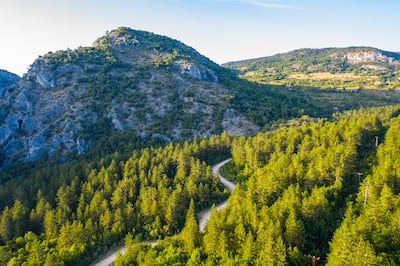
Before exploring Kastamonu proper, I made my way to the Horma Canyons in the Kure Mountains National Park, about an hour-and-a-half-long drive from the town, for a gentle morning hike. The park stretches over 34,000 hectares of forest land and features many canyons, karst caves, waterfalls, as well as rich flora and fauna.
The canyon has a 3.5-km trekking route of built wooden walkways, suspended over the flowing powder-blue river below and clinging to the rockface. The views are incredible, and while some of the heights are nerve-wracking, the waterfall and natural pools at the end of the trail are worth the effort.
Back in Kastamonu, it was time to explore the town’s local cuisine. The pastirma, beef cured with salt and spices, is a must try here. Many bakeries sit next to pastirma shops, allowing locals to buy their thinly sliced charcuterie and take it to the bakeries to fill folded flatbreads. The rich, savoury flavour, mixed with the sweet onions, garlic and fluffy stone-baked dough is a perfect breakfast or late-night snack.
Those with a sweet tooth can get their history and dessert in one go at the Yakup Aga Kulliyesi complex, a mosque that was renovated and expanded into a complex – adding a madrasa, soup kitchen, guesthouse and elementary school in 1547 – by Sultan Suleiman’s chief treasurer Yakup Aga.
In 2006, Yakup Aga Cekme Helva took over the derelict soup kitchen and opened a tiny helva workshop, crafting the sugar floss sweets loaded with pistachio, sesame or hazelnut by hand. If you go early in the day, you can buy these treats directly from the workshop window and watch the women making it fresh.
My next stop is the charming town of Safranbolu in the Karabuk province, named after its history of growing highly coveted saffron. The picturesque town, surrounded by pine forests, is filled with winding cobble-stoned streets, traditional wooden houses and locally made crafts sold at the Demirciler Bazaar in the town’s centre. Safranbolu has been under conservation since 1975 and entered the Unesco World Heritage List in 1994.
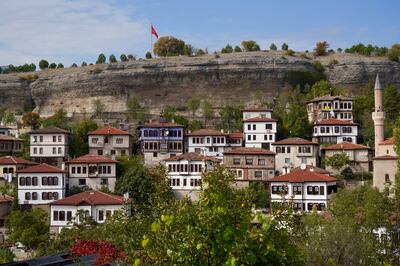
Wandering the streets, the scent of coffee drew me to the Turkish Coffee Museum, located in an Ottoman-era caravanserai. The small museum tells the story of Turkish coffee culture – included in the Unesco Representative List of Intangible Cultural Heritage 2013 – and showcases centuries-old coffee mills, mortars and coffee pots. Most importantly, it’s a fantastic place for a cup of rich coffee, served with local lokoum and a shot of rosehip cordial drink to cleanse the palate at the end.
Also unique to Safranbolu is a special style of lokoum – lighter in texture and less sweet. Alongside the regular cubes of Turkish delight known to most tourists, in Safranbolu, you can also try rolls of lokoum with nuts or chocolate ganache between the layers. Saffron, pomegranate, hazelnut and pistachio are among the most common flavors.
The best place to sample these sweets is Imren, a Turkish delight shop that has been open since 1942, with more than 25 flavours still using the original recipe. They also come up with new, modern seasonal flavours such as lavender, strawberry, and fig and hazelnut.
“We start by boiling sugar and flour, adding any nuts or flavourings, until it thickens and all water evaporates,” Imren's head chef Erdal Ozturk explains. “We then pour it into a tray and leave it to set for a whole day. It’s then ready to slice into cubes, dust with fine flour to stop it sticking together, and ready to eat. It’s been the same for four generations.”
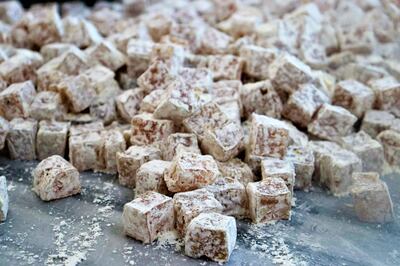
Next on my list was a few days by the sea at the ancient coastal town of Amasra in the Bartin province. While tourists flock to Bodrum or Marmaris, locals spend their summers in Amasra for some sun, sand and fresh seafood.
The town’s name is derived from the Heraclean Queen Amastris, who ruled from her seat in ancient Amasra, previously known as Sesamus. The city is spread over a peninsular and an adjacent island connected by a single stone bridge, which was built in the ninth century – during the Byzantine Empire era – together with the Amasra Castle.
Walking along the bay, I stumbled upon the Amasra Museum, which is home to more than 1,000 artefacts. Even the yard is filled with ancient stone objects and weathered statues from the Hellenistic, Roman, Byzantine and Genoese periods. Most of the items were collected from the Amasra area, spotlighting the unassuming town’s rich history.
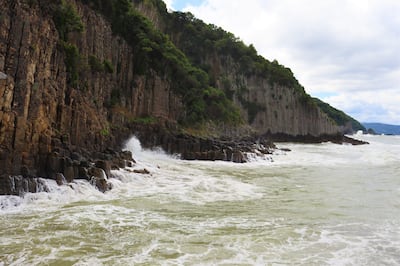
On the way out of Amasra, I stopped by the lava columns on the coast of Guzelcehisar Village, which is about 80 million years old, when the Black Sea’s volcanic activity was in full swing. Where the lava met the sea, hexagonal pillars formed in tiered walls, creating the seemingly man-made, yet completely natural cliffs.
I spent the afternoon walking alongside the beach, admiring the columns – a perfectly peaceful way to end a hectic, but very rewarding, journey through this less-travelled region of Turkey.
